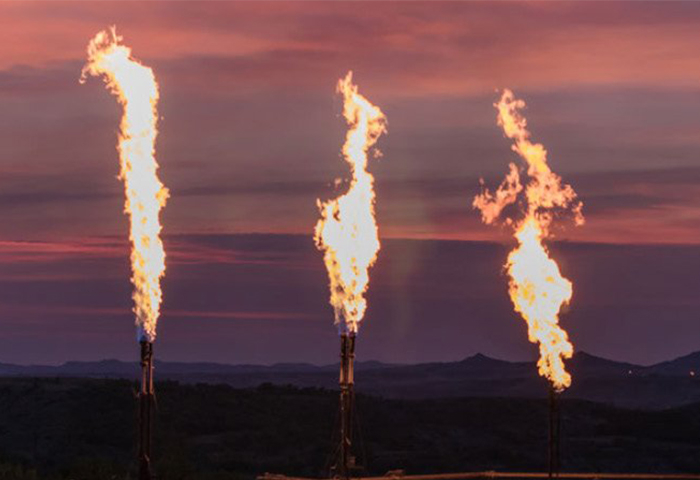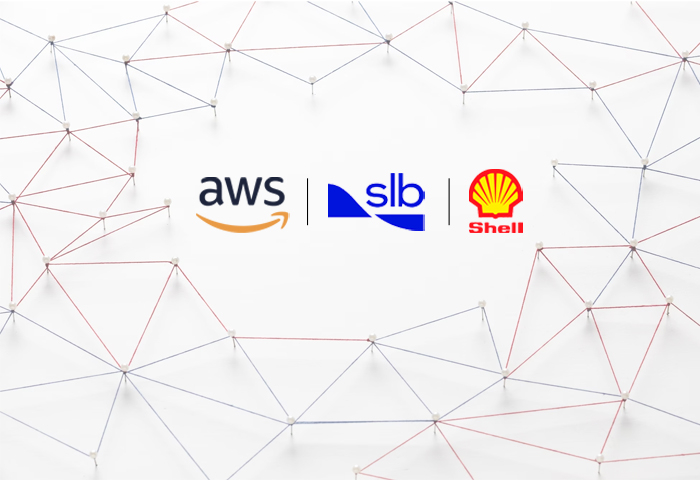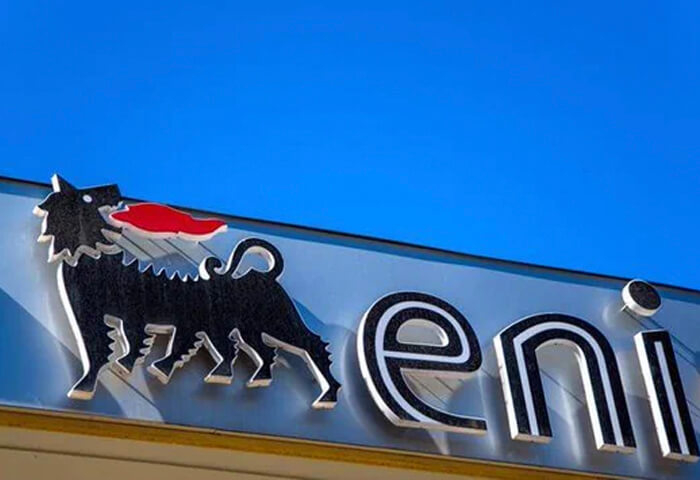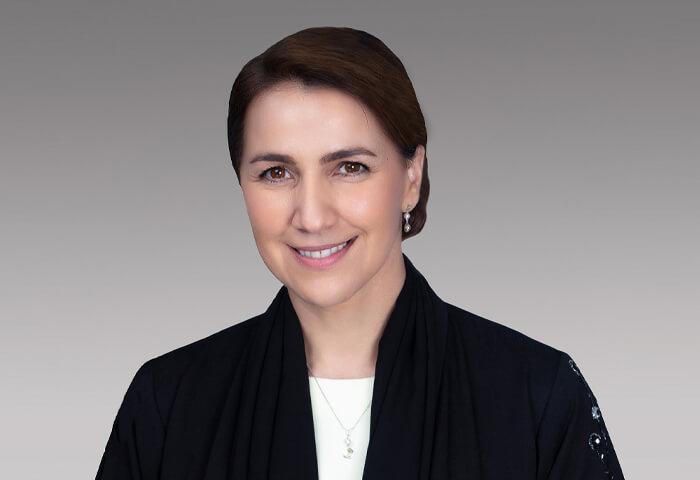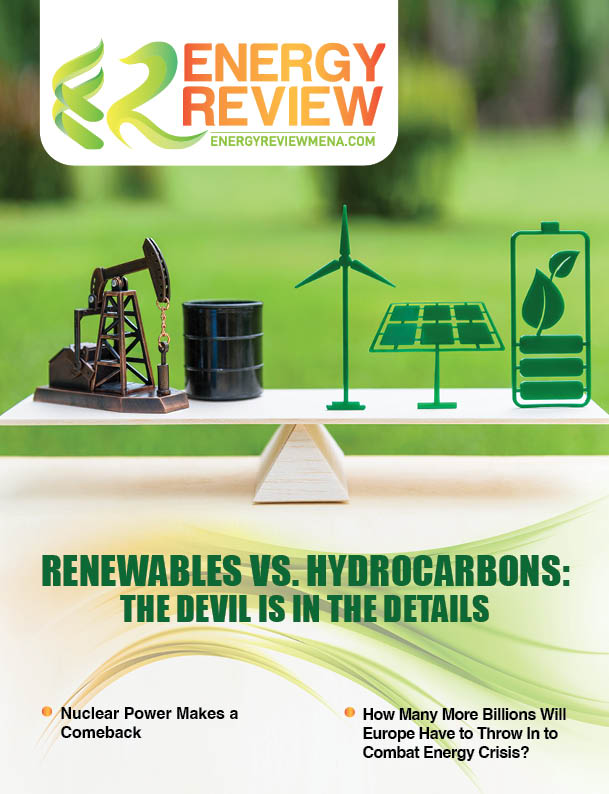A Boom Time for Africa
The pipeline of new projects on the continent is looking strong. In the Ivory Coast, Eni made the deepwater Baleine find in late 2021. Following a successful well deployment in July 2022, which confirmed the eastward extension of the field, Eni is fast-tracking its development and may sanction Phase 1 before the end of 2022. This will be Ivory Coast’s first significant project in decades.
In Namibia, in early 2022, there was also a giant discovery, one that looks to be a game-changer, namely Shell's Graff find, located in the deep waters of the Orange Basin. Shell is expediting appraisal work, a positive sign; the company would not do this if it did not believe it had something material.
In Angola, Eni’s Agogo project signals that upstream activity is picking up after a few years in the doldrums – several projects are on the move, including a shallow-water gas project operated by Eni. The Italian major is also progressing with an innovative FAST LNG project in the shallow waters of Congo-Brazzaville.
But it’s not just the majors that are moving ahead with developments. African-focused independents are also key. These include companies like Perenco, which continues to expand across the region, utilizing its brownfield expertise to maximize value from mature basins in Gabon, Congo, Cameroon and elsewhere. VAALCO has ambitious growth plans centered on Gabon and Equatorial Guinea, while BW Energy has been able to demonstrate strong operating capabilities with the Dussafu development in Gabon. The company also has plans to replicate its winning strategy with the Kudu gas project offshore at Namibia.
Fast-Track Developments Now an Industry Mantra
Delivering new projects on time and on budget is a big focus now for operators. Production facilities like FPSOs are critical to achieving short-cycle targets. Operators like BW Energy have been successful in redeploying existing infrastructure to developments like Dussafu. Eni also intends to redeploy an existing FPSO as part of its fast-track plans for Baleine. But subsequent phases on Baleine will require much larger FPSOs. According to research from Welligence Energy Analytics, it has taken an average of 50 months from FID to first oil for developments involving new-build hulls on the continent. In the current climate, companies are anxious to shorten those lead times.
"What we have seen in Guyana recently is ExxonMobil using standardised FPSOs," says Obo Idornigie, vice president, Sub Saharan Africa research at Welligence. "Instead of these FPSOs being bespoke vessels, they are now standardised and will utilise hulls that have already been built to reduce the time from FID to first production."
Laser Focus on Costs
Fast tracking projects is just one part of the story. Another significant challenge currently is the increasing pressure on the supply chain as activity ramps up. "During COVID, most service providers slashed their workforces; now the market is ramping up again, demand is outstripping capacity,” added Idornigie, noting that this is a concern that everyone in the industry is talking about. As companies progress their greenfield and brownfield projects, can the construction of new wells, delivery of new facilities and implementation of other upstream supply chain-related activities be achieved without cost pressures?
Facing Carbon Reduction Challenges
Sustainability has been a buzzword around the oil and gas industry for some time. However, when we look at this in the context of African oil and gas, it often revolves around reducing carbon emissions during production, primarily gas flaring and venting from operations. "The big challenge for a number of Africa-focused independents is reducing carbon emissions from mature developments. Are there opportunities for independents to work with technology providers to deliver value from brownfields and at the same time reducing emissions?” Idornigie questions.
"At the same time, there is pressure to ramp up gas production for domestic consumption. With the GOR (Gas Oil Ratio) increasing at mature oil fields, how do you repurpose gas that is flared into gas that could provide electricity for host communities? That is where that social license to operate starts to become an issue."

